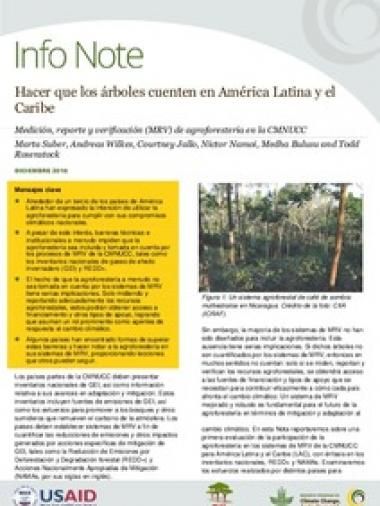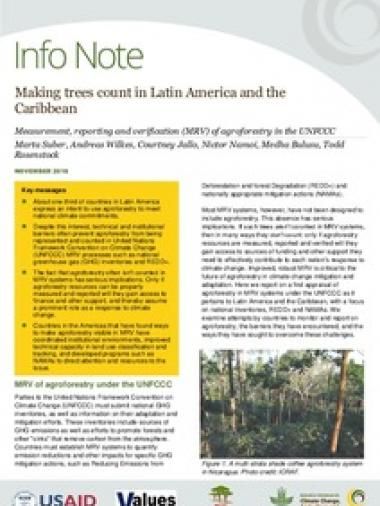Kenya is facing immense land use and climate changes which brings about negative impacts on natural resources. The large scale-loss and degradation of indigenous forests puts enormous pressure on the already scarce resource water. Targeting an optimal use of the natural resource water, optimal allocation and management plans should be realized by governments. Before developing management plans, effective water quantity monitoring is needed for achieving a sound data basis. Kenya's water sector does not have the financial capacity in monitoring natural resources with expensive and high-tech monitoring equipment. That is the main reason why citizens as local water users should be involved in monitoring the public good.
This study investigated the feasibility of a community-based data collection to monitor the water quantity within the Sondu River Basin. Therefore, thirteen inexpensive water level gauges were evenly distributed in the study area. Both trained citizen scientists, as members of the Water Resource Users Association (WRUA) and randomly selected local water users, as non-WRUA-members, were invited to send water level readings which contained a unique station name via a simple text message to a Kenyan mobile number. To enhance participation of the untrained random citizens, an instructional sign was put up next to the monitoring station, displaying in simple steps information about the task. During the six-month investigation period, data was collected, analyzed and the measurement differences between the stations was examined. This study compares different models with the three basic approaches: 1) involving WRUA members, 2) involving citizens as non-WRUA members and 3) experimentation with monetary motivation.
The project collected a total amount of 554 readings, with maximum in the period of April and May. During the first three months most of the stations contributed data. The stations with the reward motivation showed the highest data amount followed by the stations with an active WRUA community. Data from an automatic station and the research group was compared with the community-based data to determine accuracy. Results identified no significant difference between volunteer and professional measurements. A RSME of 3.01 cm for the automatic and community-based data and an average RSME of 3.90 cm for the data of the research group compared with the citizens' data was achieved. Half of the total senders are contributing with one sent text message, whereas the other part is participating more than once.
The study definitely demonstrated the value of a volunteer based data collection. However, the study also showed several limitations and possible sources of error when involving citizens.
Publication year
2016
Authors
Language
English
Keywords
water quality, monitoring, measurement, climate change, community involvement
Geographic
Kenya























